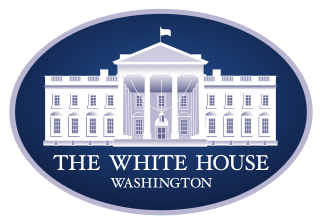Trade Cases

Leibowitz: Utilities brace for higher Section 301 tariffs - and higher costs
Written by Lewis Leibowitz
August 25, 2024
The utility industry has sounded the alarm over potential increases in Section 301 tariffs affecting solar photovoltaic cells, batteries, and transformers.
The Office of the US Trade Representative (USTR) and the White House have unveiled proposals to increase the current 7.5% tariffs to 25% after the end of this month. An announcement is pending.
Players in the utility industry face a number of challenges to maintain electric generation and distribution. Demand for electricity has surged and is very likely to increase dramatically from here because of the increasing demand for electric vehicles and the proliferation of data centers, which gobble up huge amounts of electricity.
The power grid is becoming more obsolete, and retrofitting existing power lines with more efficient wiring and transformers (and the steel towers that hold them) will demand more materials.
China is an important source of vital materials for these efforts. The Biden administration seems to propose tariff increases to “punish” Chinese manufacturers by reducing demand for their products.
That does not work, because the tariffs are ultimately paid by US consumers, not Chinese producers. The skyrocketing demand for such materials as rare earth metals and electrical steel assures that Chinese producers will not pay the tariffs. But price increases will be passed along to customers.
The administration also hopes that the increased tariffs will cause companies to turn to non-Chinese suppliers or build facilities in the US. This is a “chicken and egg” problem. There are serious obstacles, for example, to new mining of lithium and rare earth metals in the US. Environmentalists oppose new mining as a matter of principle, and the administration needs their votes in November.
On balance, increasing tariffs to encourage domestic manufacturing doesn’t really work in a 21st-century economy. A better way is to encourage production through incentives to – wait for it – increase production. The administration has picked a couple of industries to do this. The CHIPs Act to subsidize production of semiconductors in the US is perhaps the clearest example.
Here is an idea: Maybe our leaders should focus more energy (pun intended) on supporting new production of electrical steel so that it becomes economic to make more transformers and electric motors in the US.
Editor’s note: This is an opinion column. The views in this article are those of an experienced trade attorney on issues of relevance to the current steel market. They do not necessarily reflect those of SMU. We welcome you to share your thoughts as well at info@steelmarketupdate.com.

Lewis Leibowitz
Read more from Lewis LeibowitzLatest in Trade Cases

Canadian PM moves to put tighter check on steel imports
Canadian Prime Minister Mark Carney has announced new measures to limit steel imports into the country.

Canadian agency reverses dumping decision, terminating CORE trade case
The Canada Border Services Agency has terminated a self-initiated dumping investigation of corrosion-resistant steel sheet (CORE) from Turkey.

OCTG producers in Canada take aim at Mexico, US, others
Evraz NA and Welded Tube of Canada have lodged an unfair trade complaint against imports of OCTG, including those from USMCA trading partners Mexico and the US.

Price: Reciprocal tariff changes and potential new tariffs for Brazil, Canada, others
Trade issues do not seem poised to leave the headlines anytime soon. And as recent developments show, the administration’s tariff policy remains ever-changing.

Bessent on Vietnam: 20% tariff stands, Section 232 protections apply
US Treasury Secretary Scott Bessent told reporters that tariffs for Vietnamese imports to the US are 20% and "specific industries" have trade protections under the Section 232 tariffs.
